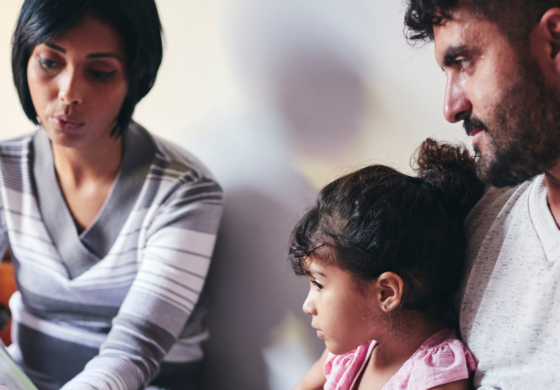Throughout the years research has shown that play is how children learn. Children need time to explore and process the world around them, children need time to play independently.
Parents can do so much to facilitate how children learn; however, it can be difficult to find time to play one-on-one with your child.
The good news is that play time for the family occurs when loved ones and children are interacting playfully. As a parent or caregiver you can incorporate aspects of play, speech, and language development into one of the dozens of daily activities.
How much time do you spend doing some of these?

- diaper changing
- cooking
- eating
- cleaning
- running errands
- loading/unloading the washing machine
- loading/unloading the dishwasher
- buckling & unbuckling the car seat
- bath time
- getting dressed
- tooth brushing
- bedtime routine
As a caregiver for a little one, chances are you have had fun doing at least one of these.
For example, splashing with toys in the bath & making a shampoo mohawk. Or giving tickles, getting giggles during a diaper change. I challenge you to think of what made that fun, and use that joy with some easy language strategies to help your child learn new concepts.
Make simple observations

It feels like teaching to point to something and ask your child “What’s that? That’s a dog, say “Dog!”
Research indicates that one predictor of language development was ‘undemanding verbalizations.’ The challenge then becomes switching your thinking from giving quizzes (e.g., “What’s that?”) and moving towards being an observer (e.g., “Oh! I see a dog!”)
Statements without demands help take the pressure off both the parent and the child. With fewer demands, you and your child can relax into the play.
During a bath you could practice body part vocabulary. Be silly and happy and use soap and your hands to practice body parts: “Wash toes.” “Wash legs”. “Wash belly!”
You could practice action words “I will wash wash wash, wash the rubber ducky.” “I will rinse rinse rinse, rinse the rubber ducky”
Use your voice as a ‘highlighter’
New words or concepts can get lost in the sentences for a new language learner. Slow down and use your voice to ‘highlight’ the new part you want your child to notice.
Going back to the bath example, you could highlight differences in toys, “This duck is small.” “The boat is big!”
Using your voice draws your child’s attention to your words, and it helps your child focus on the new part.
It’s ok to ‘wait’ it out a little

It feels natural to go through the motions and just finish one task so you can move on to the next. Try to give your child opportunities to need things and ask for them with a point or a sound.
Extra time will help your child process what they need and how to get it.
As they grow up, think of slowing down, pausing, or asking questions out loud.
Maybe their favorite bath toy was moved to where they can’t reach. Most parents reflexively reach out and hand the toy over.
It’s ok to make a statement and not move just yet. “Oh! You see boat! Hi boat! You need it…? Oh here you go. Here’s boat”
Or at the end of the bath. “You’re all clean! We need to get dry. Hmm. What do we need to dry you off…? Your towel! Let’s get your towel”
You don’t have to make your child wait long, a few heart beats should do it. There may be a fine line between a small child needing something and getting overwhelmed and crying about it.
Parents can help create a language and speech rich environment and you don’t need to build in any extra time. If you need help with more strategies, or ideas on how to apply these strategies to your individual child, please feel free to schedule a free consultation with our speech pathologists!

